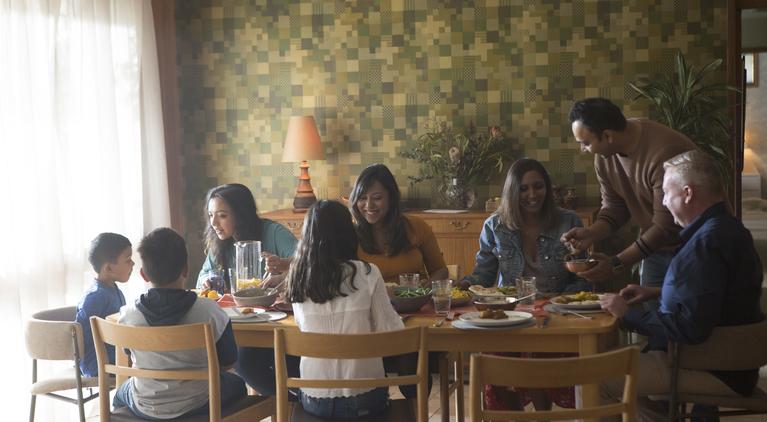Passive design requires an active user, but the pay-off is well worth it. By taking advantage of your environment to maintain a comfortable temperature range in the home, you could shave up to 40 per cent off your energy use.
Although the most economical time to achieve good passive design in a home is in the initial designing and building stages, many of the practices can be applied during a renovation, or implemented on their own to cut your bills and potentially increase the value of your home. Here are some passive design implementations everyone can consider.
Shading
Unprotected glass is often the greatest source of heat gain in a house, particularly for those who live in the hotter parts of Australia. By simply shading this glass with awnings, shutters or pergolas, you have the potential to dramatically reduce the heat load from direct sunlight. For best results, calculate sun angles for your location and consider your home’s orientation.
Passive cooling
When combined with shading, passive cooling – using principles such as air movement, evaporative cooling and thermal mass – can be incredibly effective in eliminating the need for an air conditioner.
Note: Thermal mass refers to ability of a material to absorb and store heat energy. As a rough guide, lightweight materials like timber have a low thermal mass, while concrete, brick and tiles have a high thermal mass.
Passive solar heating
Heating is notoriously expensive and the reason so many of us experience bill shock in winter. Passive solar heating, a method that locks in winter sun and creates a building envelope that keeps heat inside during winter, helps to reduce expense and damage to the environment. Orientation, thermal mass and sealing are three of the main components of passive solar heating.
Insulation
Providing weatherproofing and soundproofing, and keeping your house temperate right through the year, insulation has multiple benefits. It’s crucial to make sure you’re choosing the right type of insulation - bulk, reflective or composite - and to have a professional install it.
Double glazing
Up to 40 per cent of a home’s heating energy can be lost and up to 87 per cent of its heat gained through windows . By using glazing, you can improve your windows’ thermal performance quickly, as long as you take the climatic conditions in your home, building design, building materials, and size and location of the windows into consideration. There are also multiple glazing systems to consider, too.
You can also help make your home more sustainable by opting for a green energy option or considering solar power at your place.




